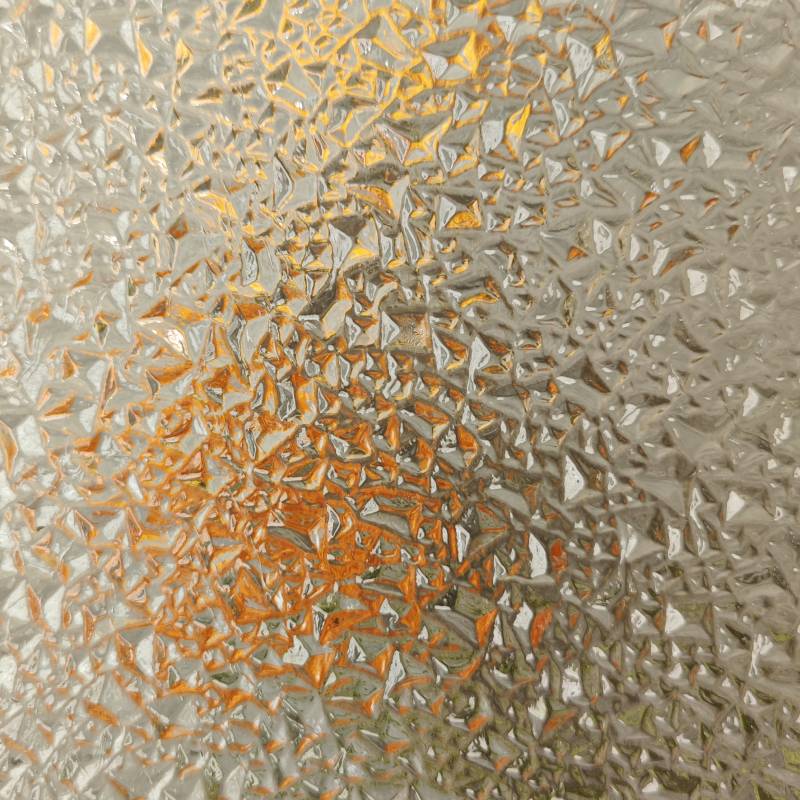

High Solar Gain Low-E Glass Enhancing Energy Efficiency in Modern Architecture
As the world becomes increasingly aware of the importance of energy efficiency and sustainable building practices, the construction industry is constantly evolving to meet these demands. One such innovation that has emerged in recent years is high solar gain low-emissivity (Low-E) glass. This type of glass plays a crucial role in contemporary architecture, combining aesthetic appeal with excellent thermal performance.
High Solar Gain Low-E Glass Enhancing Energy Efficiency in Modern Architecture
One of the primary advantages of using high solar gain Low-E glass is its ability to significantly reduce heating costs during winter months. In colder climates, this type of glass allows sunlight to penetrate into the building, which in turn helps in warming up the interior without relying excessively on heating systems. This natural heating effect can lead to lower energy bills and a reduced carbon footprint. Additionally, by harnessing the sun's energy, high solar gain Low-E glass promotes a more environmentally friendly approach to building design, aligning with global sustainability goals.

In warmer climates, where air conditioning costs can escalate during summer, high solar gain Low-E glass still proves beneficial. While it allows solar heat to enter during the winter, it also effectively filters excess solar heat during hotter months, reducing the load on cooling systems. This makes buildings equipped with this glass more versatile and energy-efficient all year round. It's an excellent choice for architects and builders who want to design eco-friendly structures without compromising on occupant comfort.
Moreover, high solar gain Low-E glass contributes to the aesthetic quality of a building. The clarity and brightness provided by the glass can enhance the overall design, giving structures a modern, sleek appearance. With the growing trend towards large windows and glass facades, this type of glass becomes increasingly appealing. It allows architects to create stunning visuals that invite the outdoors in, promoting a connection with nature, which is important in urban environments.
The integration of high solar gain Low-E glass into buildings also allows for greater flexibility in design. Architects can use this glass in various window sizes and shapes, providing opportunities to incorporate innovative design elements that are both functional and visually striking. Whether in residential, commercial, or institutional buildings, the possibilities are vast, allowing for creativity to flourish while adhering to energy efficiency standards.
In conclusion, high solar gain Low-E glass is a pivotal component in the advancement of energy-efficient architecture. It strikes an ideal balance between functionality and design, enabling buildings to harness the sun's energy effectively while maintaining thermal comfort. As we move towards a more sustainable future, the adoption of technologies like high solar gain Low-E glass will be essential in reducing energy consumption and promoting environmentally friendly practices in the construction industry. By incorporating this innovative material, architects and builders can create spaces that are not only visually stunning but also responsible stewards of our planet's resources.